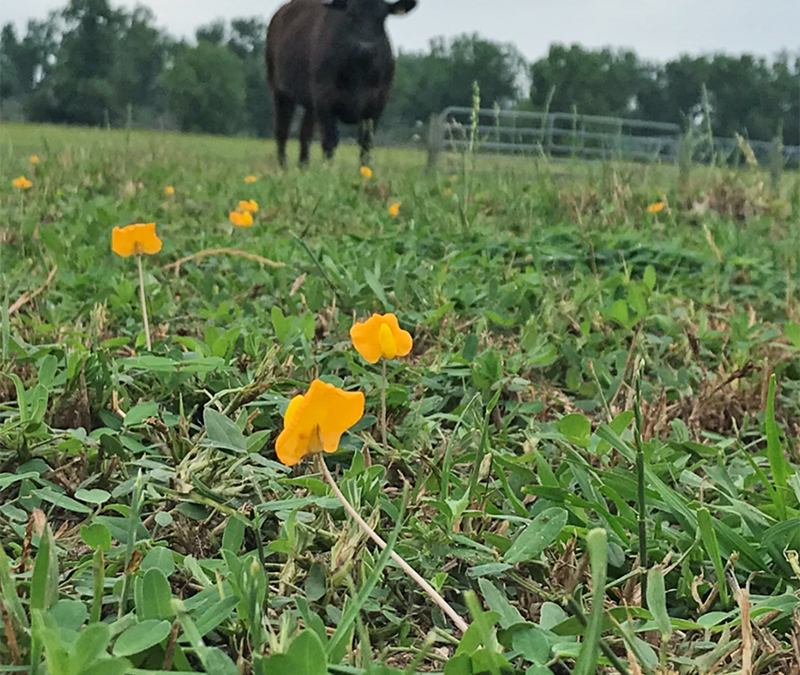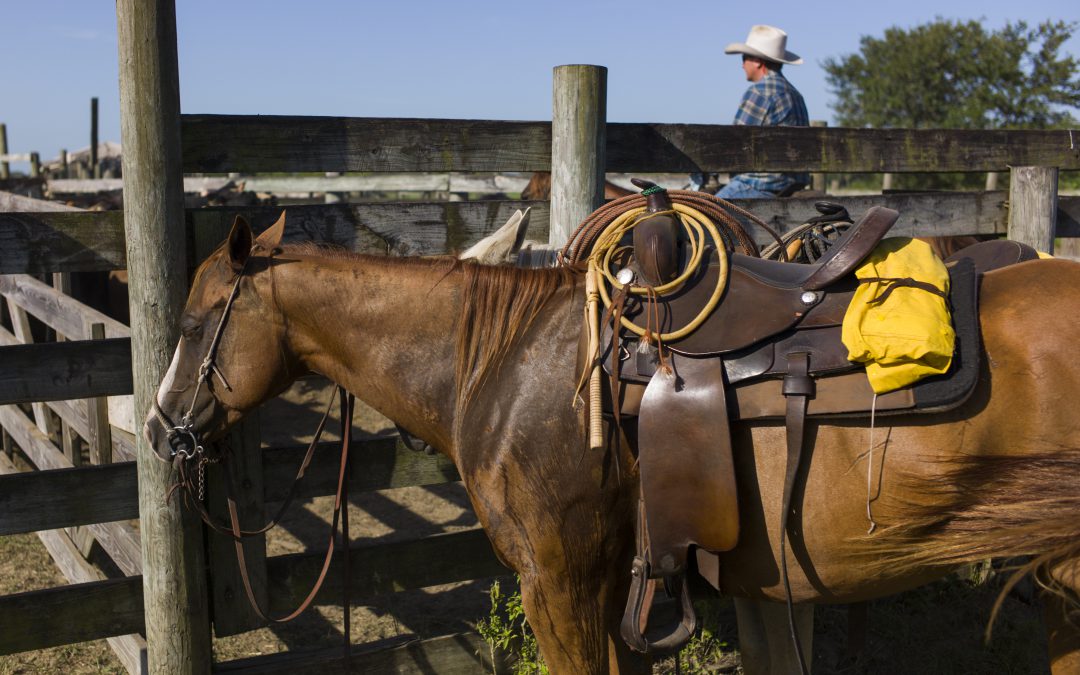
by Saundra TenBroeck | Jun 18, 2021
Saundra TenBroeck, UF/IFAS State Extension Horse Specialist Summertime brings many positives for horse owners: longer days, shorter hair coats, and lower feed bills, utilizing pasture instead of hay. Some of the challenges that arrive with hot/humid days of summer...
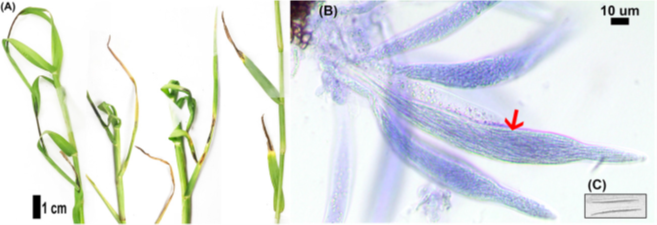
by Ann Blount | Apr 16, 2021
– Ann Blount, Sunny Liao, UF/IFAS North Florida Research and Education Center, Graduate Students: Valerie Mendez, Soil and Water Sciences Department, and Brittany Justesen, Agronomy Department; Livestock and Forages Extension Agent for UF/IFAS Extension Osceola...

by wickens carissa | Mar 19, 2021
Carissa Wickens, University of Florida, and Camie Heleski, University of Kentucky – Introduction Stereotypic behaviors are defined as repetitive, relatively unvarying patterns of behavior with no obvious goal or function. A horse that displays stereotypic...
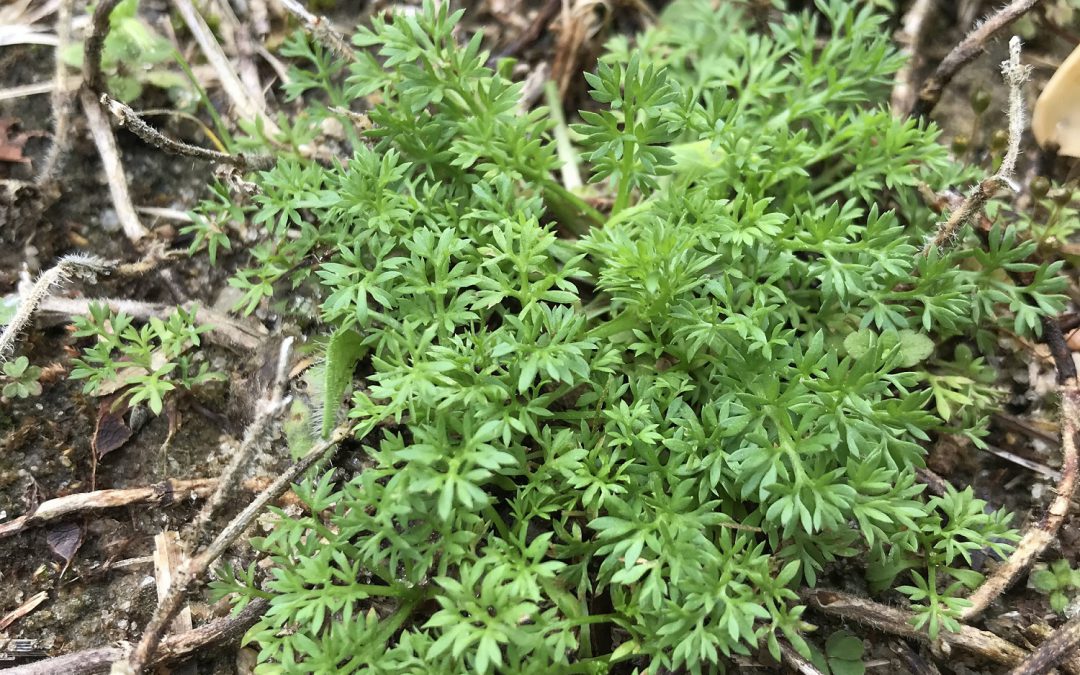
by Jennifer Bearden | Mar 5, 2021
Burweed I don’t know about you, but I am fighting some bothersome winter weeds this season. In high traffic areas around my barn, I have developed a lawn burweed (Soliva sessilis) issue. Lawn burweed, also called spurweed, is a low growing winter annual that...
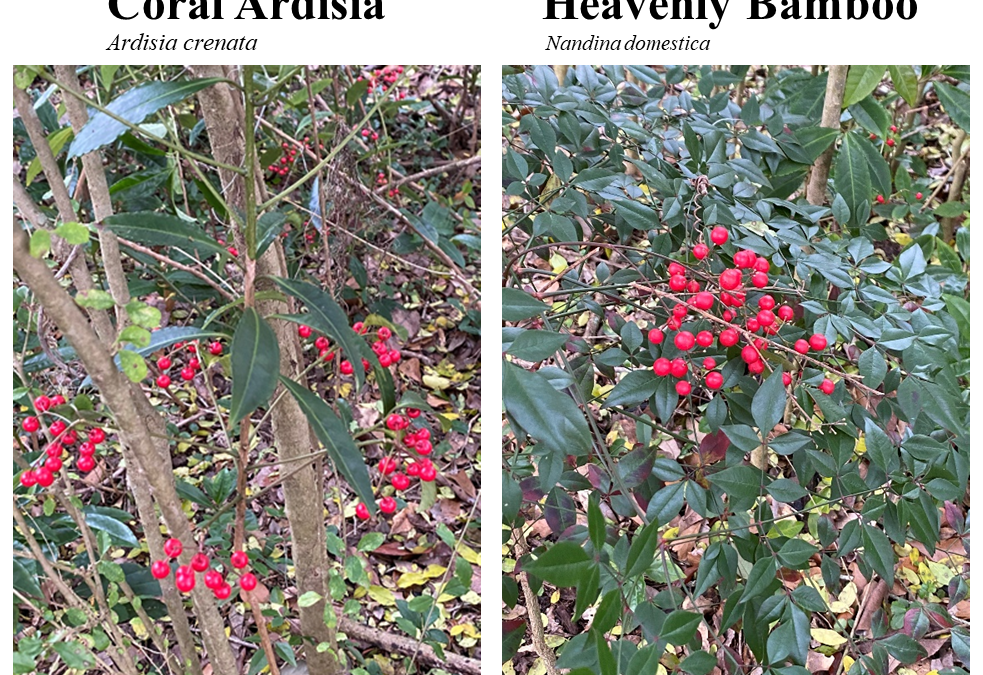
by Ann Blount | Jan 29, 2021
Ann Blount, UF/IFAS Forage Extension Specialist, João Bittar, UF/CVM Extension Beef Veterinarian, Adam Stern-UF/CVM Veterinary Forensic Pathologist, and Evie Blount, UF/IFAS Extension Gadsden County 4-H Agent – Livestock producers beware! Especially during the...




